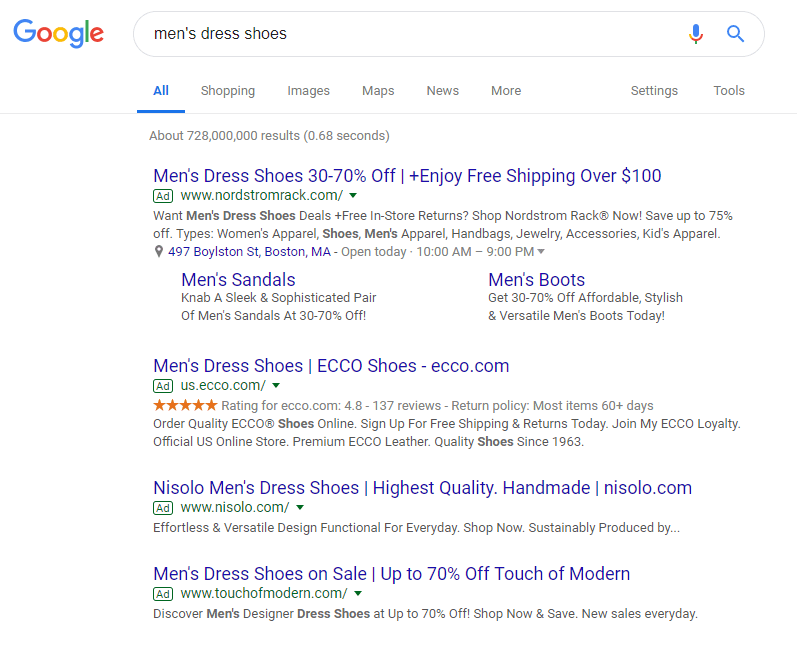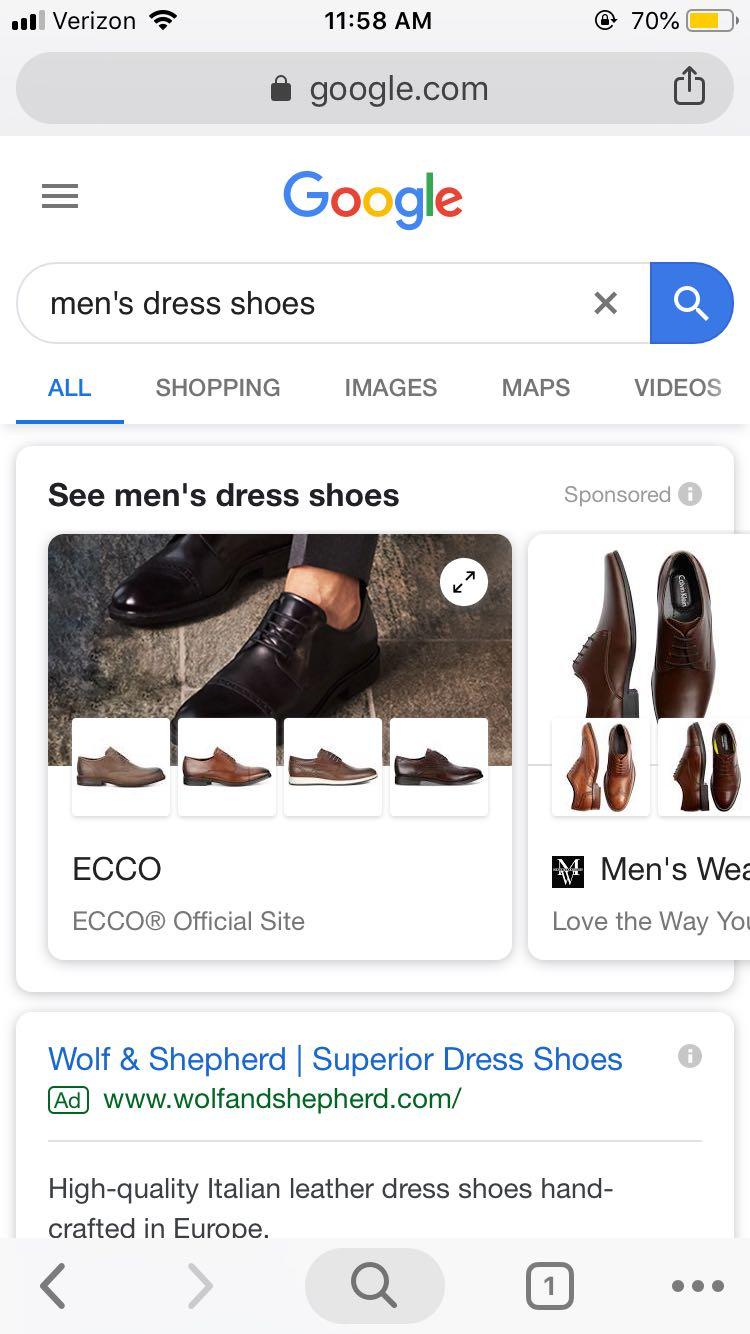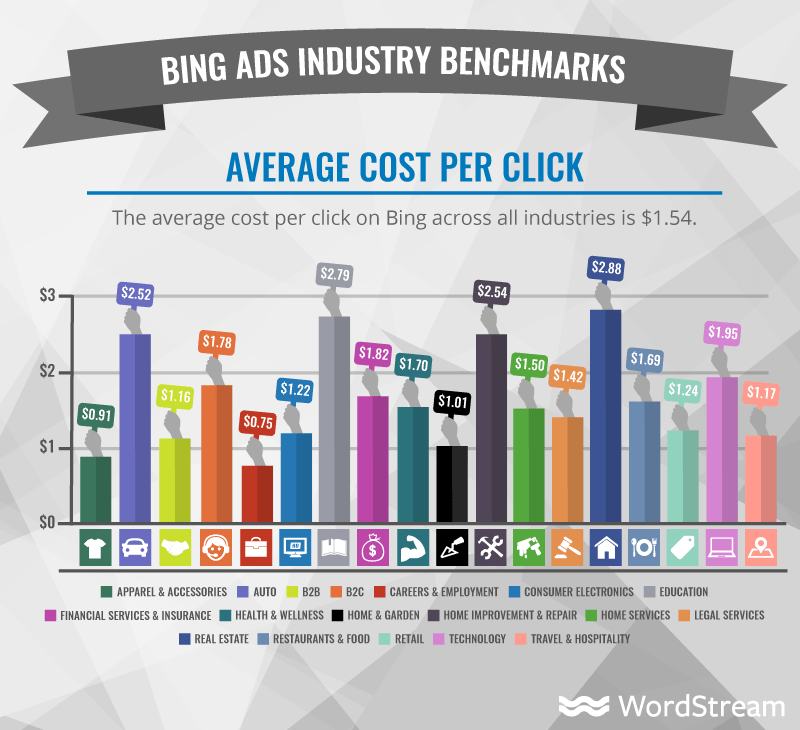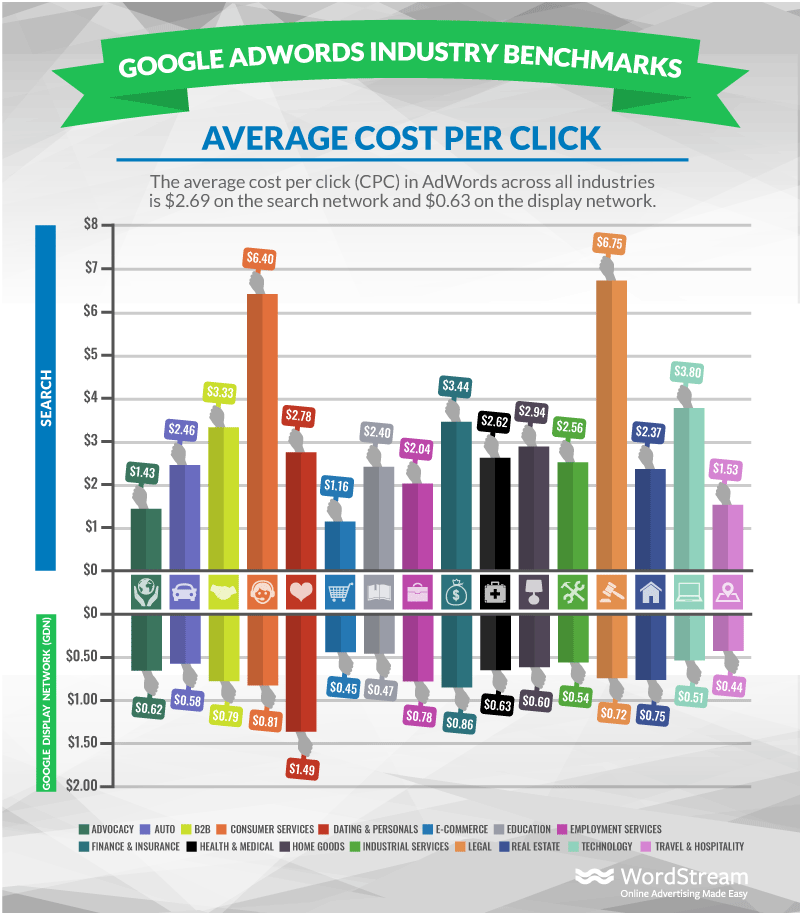
George Orwell was a prolific and insightful dude. An English writer who lived during the first half of the 20th century, Orwell was (and remains) known for his criticisms of political language.
A key source of Orwell’s discontent was the use of “meaningless words”—those words that, due to rampant and ambiguous usage, lose their meanings altogether.
“Data,” in my opinion, has become a meaningless word. I hear it constantly. Often, someone will use it, and I won’t really know what they mean. It’s frustrating.
So let’s take a second to define data (the plural form of datum).
Data are pieces of information. That’s it. If you look around the room and write down the things you notice, you have collected data (which, by the way, you treat as singular as a collective noun—as if this weren’t confusing enough). Those particular data may not tell you anything useful or insightful, but they’re data nonetheless.
That’s a crucial point. As a marketer, you’re not interested in useless information. You’re interested in data that you can leverage to more effectively grow your brand, capture leads, and sell products (or services). It’s no different for agencies; you need information to properly serve your existing clients and to pitch prospective clients.
Via startups.co.
Data enables you to build robust Facebook audiences. Data enables you to track and attribute conversions. And, as we’ll tackle today, data enables you to better understand the search engine at the heart of your PPC and SEO efforts: Google.
General Google Search Statistics
-
3.5 billion Google searches are made every day. (Internet Live Stats)
-
The volume of Google searches grows by roughly 10% every year. (Internet Live Stats)
-
Every year, somewhere between 16% and 20% of Google searches are new—they’ve never been searched before. (Internet Live Stats)
-
90% of searches made on desktops are done via Google. (Statista)
-
35% of product searches start on Google. (eMarketer)
-
34% of “near me” searches done via desktop and tablets result in store visits. (HubSpot)
-
The average Google search session lasts just under a minute. (Moz)
-
Dating & Personal Services advertisers drive the highest CTRs on paid Google results. Just over 6% of their impressions turn into clicks! (WordStream)
-
Organic Google results with 3-4 words in the title drive higher CTRs than organic results with 1-2 words in the title. (Smart Insights)
-
Google has indexed hundreds of billions of web pages. All told, the index is about 100,000,000 GB large. (Google)
-
Here’s a breakdown of Google search queries by length (Rand Fishkin):
-
1 word: 21.71%
-
2 words: 23.98%
-
3 words: 19.60%
-
4 words: 13.89%
-
5 words: 8.70%
-
6+ words: 12.12%
-
Search queries of the “__ to avoid” format have increased by 150%. (Google)
-
Search queries of the “is __ worth it?” format have increased by 80%. (Google)
-
Roughly 8% of Google search queries are questions. (Moz)
-
“What is Bitcoin?” and “What is racketeering?” were the two most popular “What is …” searches of 2018. (Observer)
-
“How to vote” and “How to register to vote” were the two most “How to …” searches of 2018. (Observer)
As I alluded to in the introduction, we’re looking for those pieces of information that tell you something. Let’s look more closely at the most compelling data.
RELATED: 165 Strategy-Changing Digital Marketing Statistics
Key Takeaways
Search engine marketing is a no-brainer. Every new year brings greater opportunities for search engine marketing (SEM). As the volume of search queries fielded by Google grows, the more chances you have to drive traffic to your website through the paid and organic results.
Use Google Shopping. True—a greater percentage of product searches start on Amazon, and we certainly encourage ecommerce advertisers to list and promote their products there. But Google Shopping is a must, too. Millions of consumers using Google to actively look for products every day. Get yours in front of them!
Over a third of Google search queries are 4+ words long. Longer search queries are narrower search queries, and narrower search queries are less competitive—in terms of both the paid and the organic search results. That’s why long-tail keywords are crucial to SEM success. They drive valuable traffic, and it’s feasible to rank for them.
Mobile Google Search Statistics
Trends are fascinating. Remember nu metal? That was fun.
Well, as hard as it was in the early-to-mid-2000s to escape misunderstood men indiscriminately mashing rock with rap, mobile device usage is a slightly bigger deal.
52% of global internet traffic comes from mobile devices. The popularity of the desktop as a means of surfing the web is decreasing. For the sake of your marketing campaigns, you have to adapt. Smartphones and desktops are different.
Take a look at what happens when I Google “men’s dress shoes” on my desktop:
I can see all four of the top paid results without scrolling an inch. And when I search the same exact query on my phone…
I can only see one text ad. If this is the very beginning of my purchasing process—and I’m more inclined to click a Search ad than a Shopping ad—Wolf & Shepherd has a hefty advantage over their competitors, whose text ads are below the fold.
Demonstrably, the increasing prominence of mobile makes earning the top ad spot that much more important.
On that note, let’s learn a bit more about mobile devices and Google search.
17. 60% of Google searches are done via mobile devices. Only 5 years ago, the figure was nearly half that—34%. (Statista)
18. Google captures 95% of the mobile search engine market in the U.S. (Statista)
19. Roughly a third of all mobile Google searches are related to location. (Blue Corona)
20. 65% of clicks on paid Google search results come from mobile devices. (Statista)
21. The average CTR for a Google search ad on mobile is 4.1%. That’s nearly a full percentage point higher than the average CTR for a desktop ad—3.17%. (WordStream)
22. It’s a different story for organic results. Whereas mobile Google searchers click on an organic result 41% of the time, desktop Google searchers do so 62% of the time. (Moz)
23. Travel & Hospitality advertisers drive higher CTRs on paid mobile results than anyone else. They average 5.36%. (WordStream)
24. 50% of “near me” Google searches done via mobile result in a store visit. (SEO Expert Brad)
25. 42% of mobile-driven brand interactions involve Google search. (Blue Corona)
26. Mobile users’ interest in places that are currently open has tripled since 2015. (Blue Corona)
27. Mobile search queries are practically as long as desktop search queries. (Moz)
Key Takeaways
Advertise on mobile … on Bing. I know what you’re thinking: “What? You just told us that Google captures 95% of American mobile search engine traffic.” That’s correct. Which means millions of Americans aren’t using Google to search for products. The prices are lower. The competition is lower. Consumers are there. Get on Bing Ads.
Mobile marketing is the brick-and-mortar store’s best friend. I’m drawing this insight from statistics 19, 25, and 27. Over 30% of the time, consumers using Google on mobile are searching for nearby solutions. When they explicitly include “near me” in their search queries, it’s pretty likely that they’ll visit physical stores. And to cap it off, recent years have seen a significant spike in interest in stores that are open at the time of searching. If you own (or advertise) a brick-and-mortar store, you have to be on mobile.
The rise of mobile impacts different industries differently. If 7 out of every 10 Google searches for food happen on mobile, and only 4 out of every 10 searches for banking happen on mobile, does it make sense for Red Robin and Bank of America (the most ambitious crossover event of all-time) to have the same mobile marketing strategy? Of course not! Obviously, the differences in the ways consumers think about those two sectors of the economy impact the ways consumers search for solutions within them. Do your research. Let data inform your strategy.
In conclusion…
Although the takeaways from these 27 statistics are varied, a single truth pervades them all: Search engine marketing is a tremendous way to grow your business.
The notion of meeting consumers where they already are isn’t new. Increasingly, year after year, consumers are using Google to look for solutions to their problems. If you want to succeed, you have to let them know that you exist and that you have what they want.
You can specialize in PPC or SEO, but using them in tandem generally yields the best results. Paid social media marketing is effective, too, of course. But that’s for another blog post.
Want more marketing stats? Check out these 11 Legitimately Scary PPC Stats Every Advertiser Should Know












